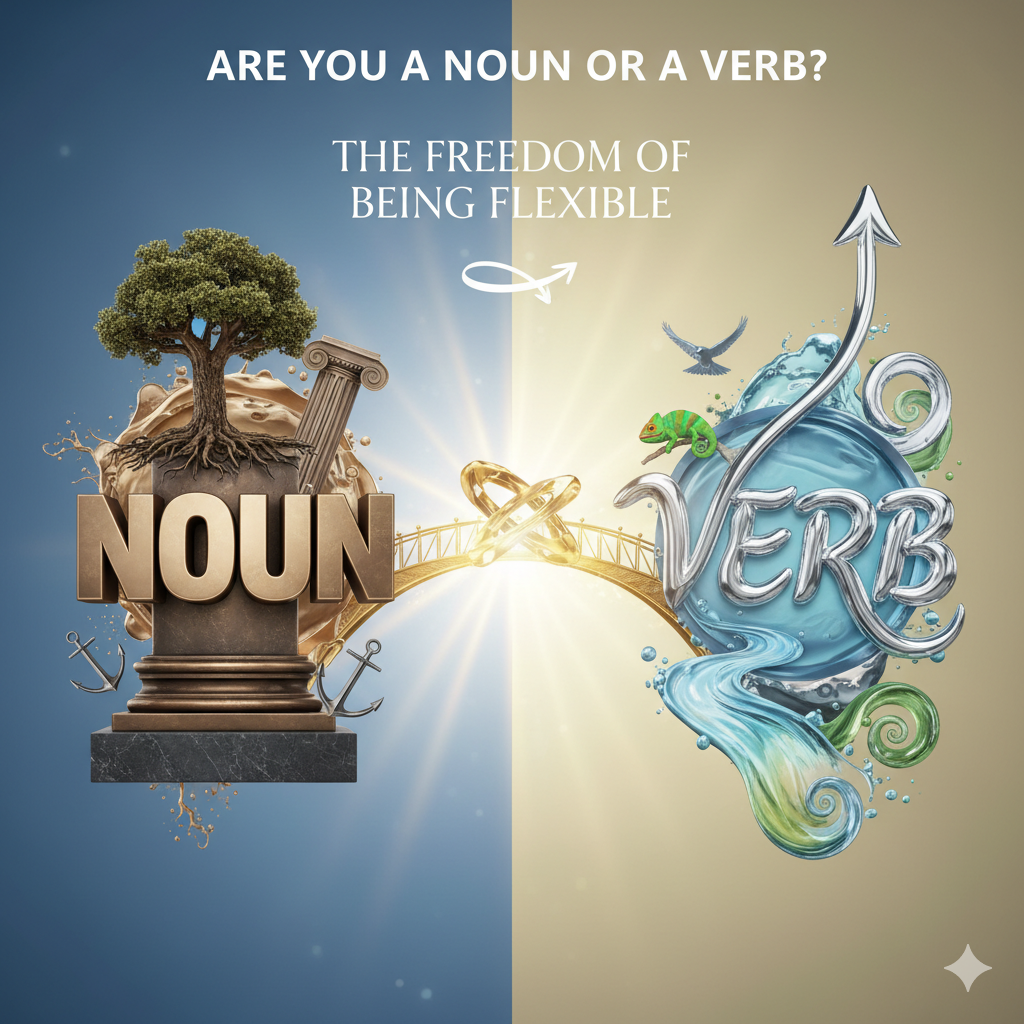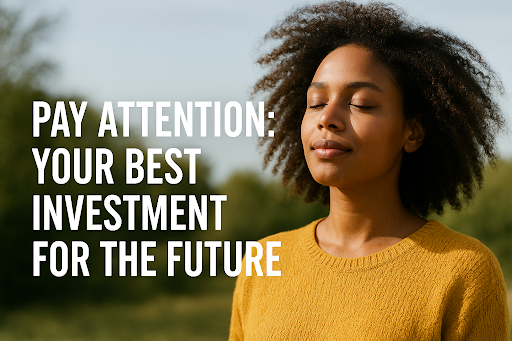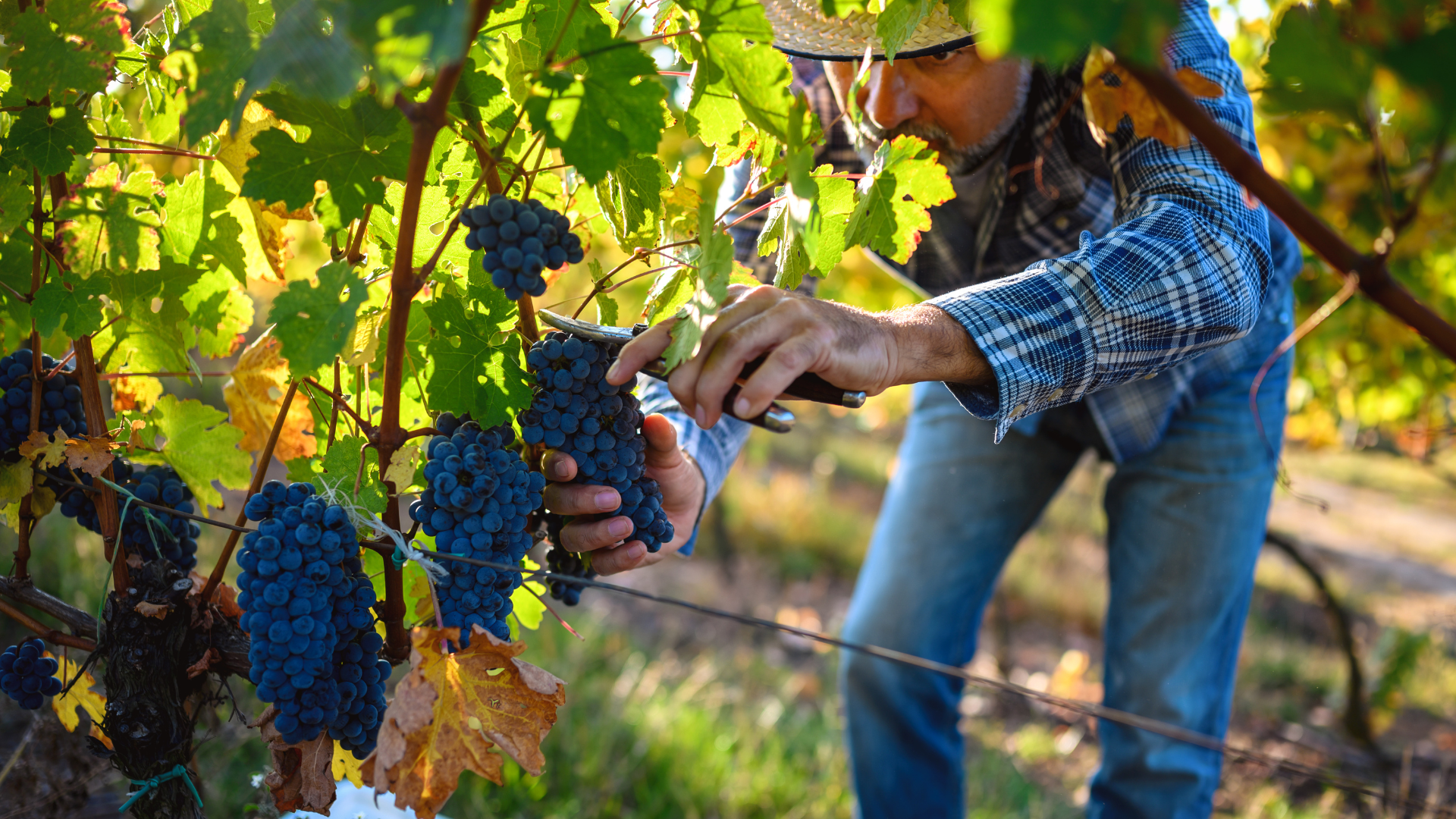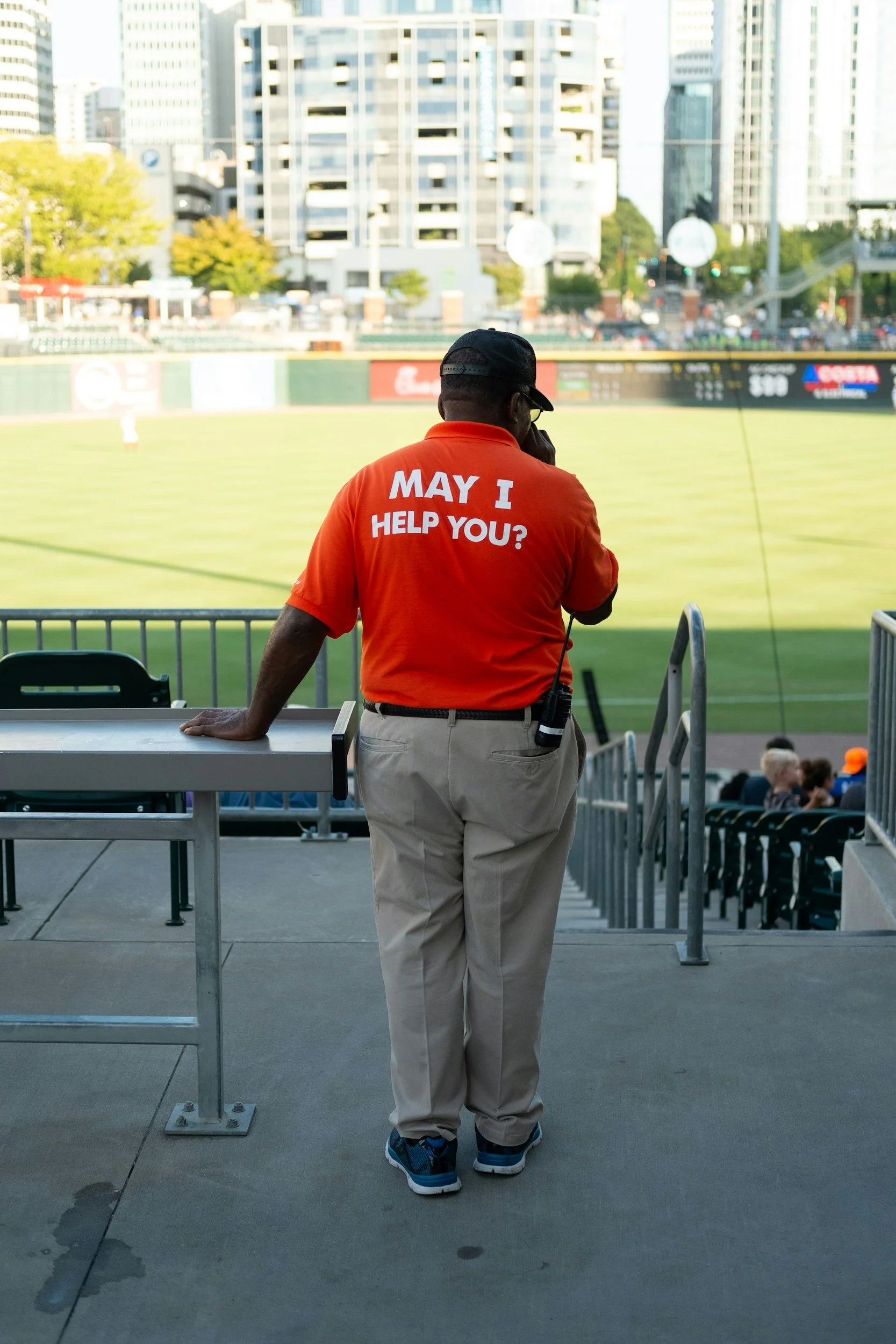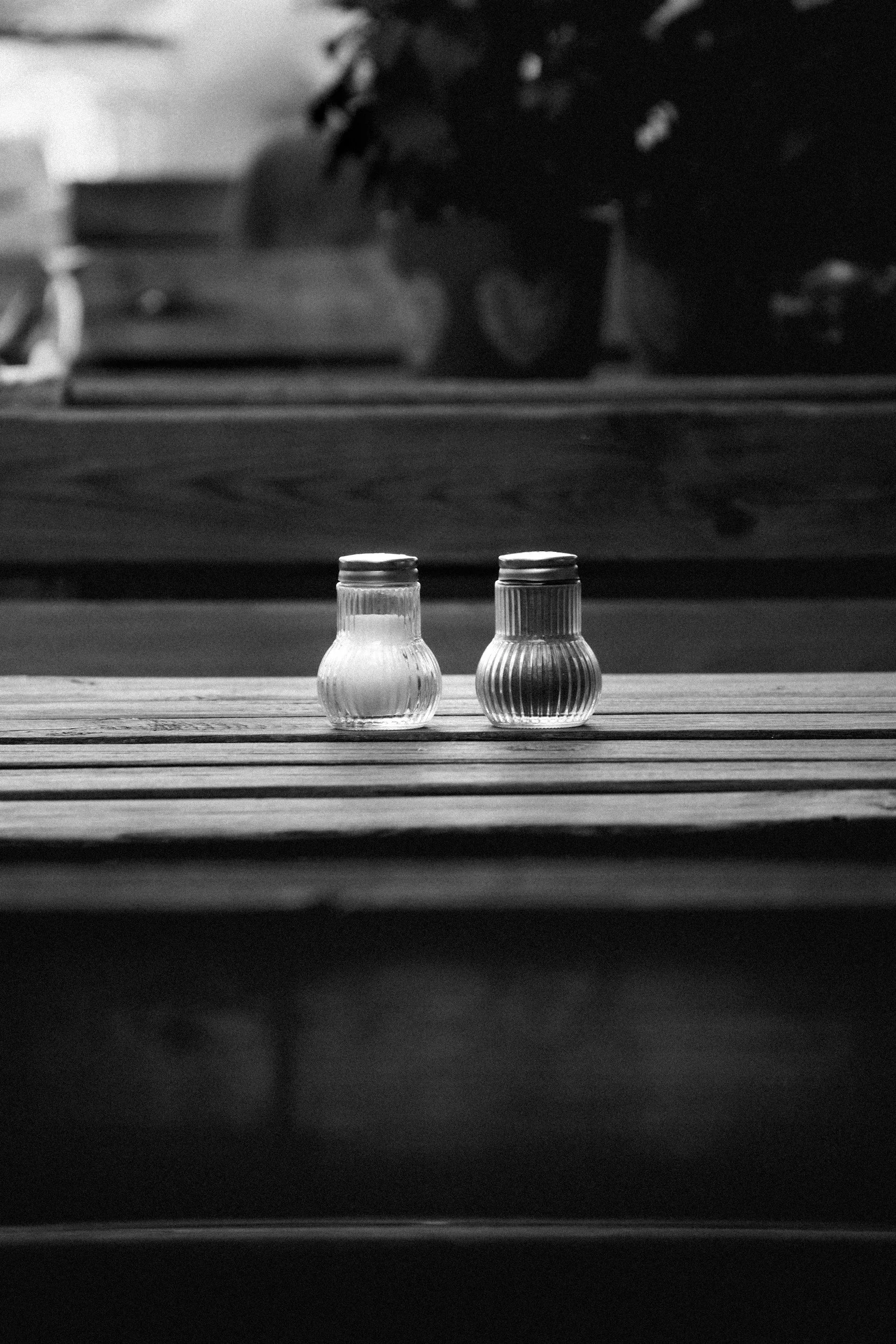The mirror, reflector of images, self-induced for those who wish to observe themselves. To see their actions and reactions.
The poses, the unencumbered with any fence concreting the spontaneity of creation.
The mirror reflects and possibly frames who you are.
There were many before Narcissus who spied the magical being in the water. Most, upon beholding the image, were aghast at how it cooperated with every movement. An apparition that acted just like the observer.
Though there were occasional movements the observer had never seen, or at least not noticed, the moment when the observer recognized the vision as being his or her own; the being changed.
A new door opened. Perhaps a part of the brain, reserved for some momentous event shifted gears, and became a watcher of the mirror.
The event, though insightful, may have been a cause for the fall into narcissism, concerned that someone or something was watching.
For some it may have started a show, an escape from consciousness into distraction. Some humans were filled with awe, curiosity and interest and became early members of The Society of the Mirror.
They wondered. “How does this work? Who is that in there?”
And the mess-SAGES and QUEST-ions of the mirror began:
What happens to the: Child who adores its reflection?
The child who abhors its reflection.
The child who adjusts to its reflection.
The child who aligns to its reflection.
The child who amends its reflections.
The child who atones to its reflection.
The child who assumes the reflection is real.
The child who argues with its reflection.
The child who anoints its reflection.
The child who augments its reflection.
From the questions The Society of the Mirrors began to gather Beliefs:
What does a child see in the mirror before indoctrinating into labels, limits, indoctrinations, and indulgences when seeing the reflection?
What do you see if you had no limits or labels?
When first we gazed upon our self in the still waters of a pond the question flowed, like water rushing thru the narrows, we asked “Who are you?” The answer never came.
The questions became sealed in the psyche with make believe Gods keeping the mystery alive.
This reflection, the echo of essence in the water, shone light from a different source. As a touch sends ripples to distort the image in water, so stepping back the image grew across the waters. Still not knowing whom the image was, an answer spoke, “I am not you.”
Then find a hidden pool, and looking deep past bubbles, into the traces of light, seeing yourself as other’s see. Am I seeing the me of the past or into the future? Am I blinded by my beliefs of who I am?
The Society of the Mirrors shines light into those dark recesses of eerie unknowns, closed corners, hidden dreams, lost hopes, blind faith, and illuminate for brief moments what is, was and may be.
The Society of Mirrors’ only limits are the sources of light, size of mirror, and clarity of glass.
The Society of Mirrors offers few labels, fewer answers, hopeful clarity and reflects the freedom to see while mirroring the stillness of being you.
The Society of Mirrors believes it holds the secret of freedom. It holds questions that shine light into deeper nooks and recesses of the psyche. A mirror and its user see and appreciate that the source is making itself known. Pure, undefine awareness and acceptance.
The mirror shows that the awakening of reflective conversation opens the cultural question; who is it that is looking out from behind these eyes?
Now I realize that others see me as I see myself when I look into a mirror. That I inspire acceptance and appreciation of others as I do so with myself. I learn from their reflection to be more truly who I am when there is no reflection. When I am source. In this way our unity and shared reality is an enlightened humanity.
Here is an old Society of the Mirrors story from the archives-
Long ago in a faraway village, there was a place known as The House of Mirrors. A little dog learned of this place and decided to visit. When he arrived, he bounced happily up the stairs to the doorway of the house. He looked through the doorway with his ears lifted high and his tail wagging as fast as it could. To his great surprise, he found himself staring at a thousand other happy little dogs with tails wagging as fast as his.
He smiled a great smile and answered with a thousand great smiles just as warm and friendly. As he left the house, he thought to himself, “This is a wonderful place. I will come back and visit it often.”
In the same village, another little dog, who was not happy like the first one, decided to visit the house. He slowly climbed the stairs and hung his head low as he looked into the door. When he saw the thousand unfriendly-looking dogs staring back at him, he growled at them and was horrified to see a thousand little dogs growling back at him. As he left, he thought to himself, “this is a horrible place, and I will never come back here again.”
Saint Augustine, an ancient member of The Society of the Mirrors wrote, “If you are loving and diligent, you may do whatever you want.”
The Society of the Mirrors sees you reflected as a Sage, one who mirrors himself well.
The Society of the Mirror shows the honest man Diogenes looked for, the tool where change begins by honestly seeing who we are.
Some qualifications were revealed, some are obvious, and all come from the heart and soul, please step into the Checking Inn



